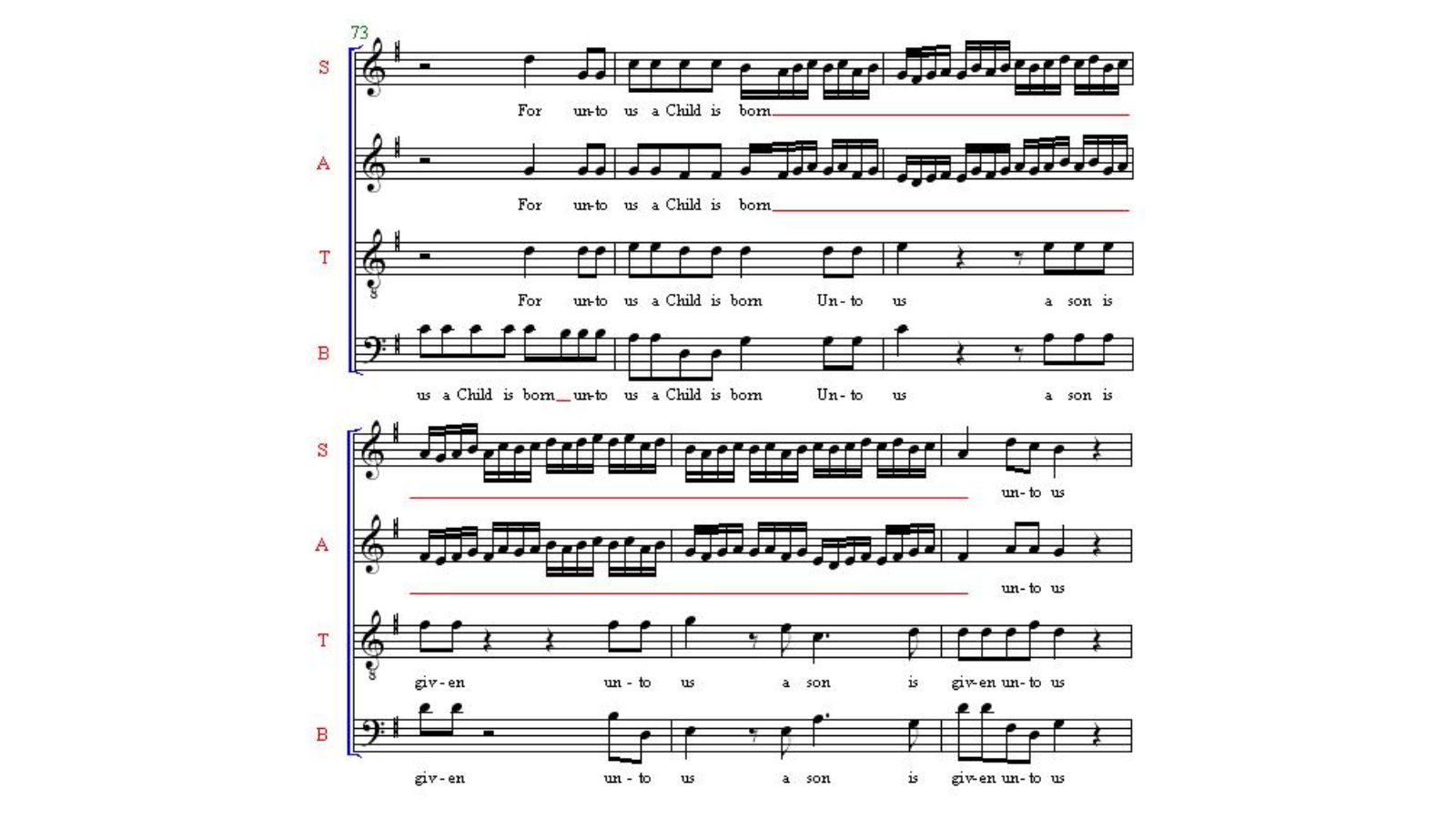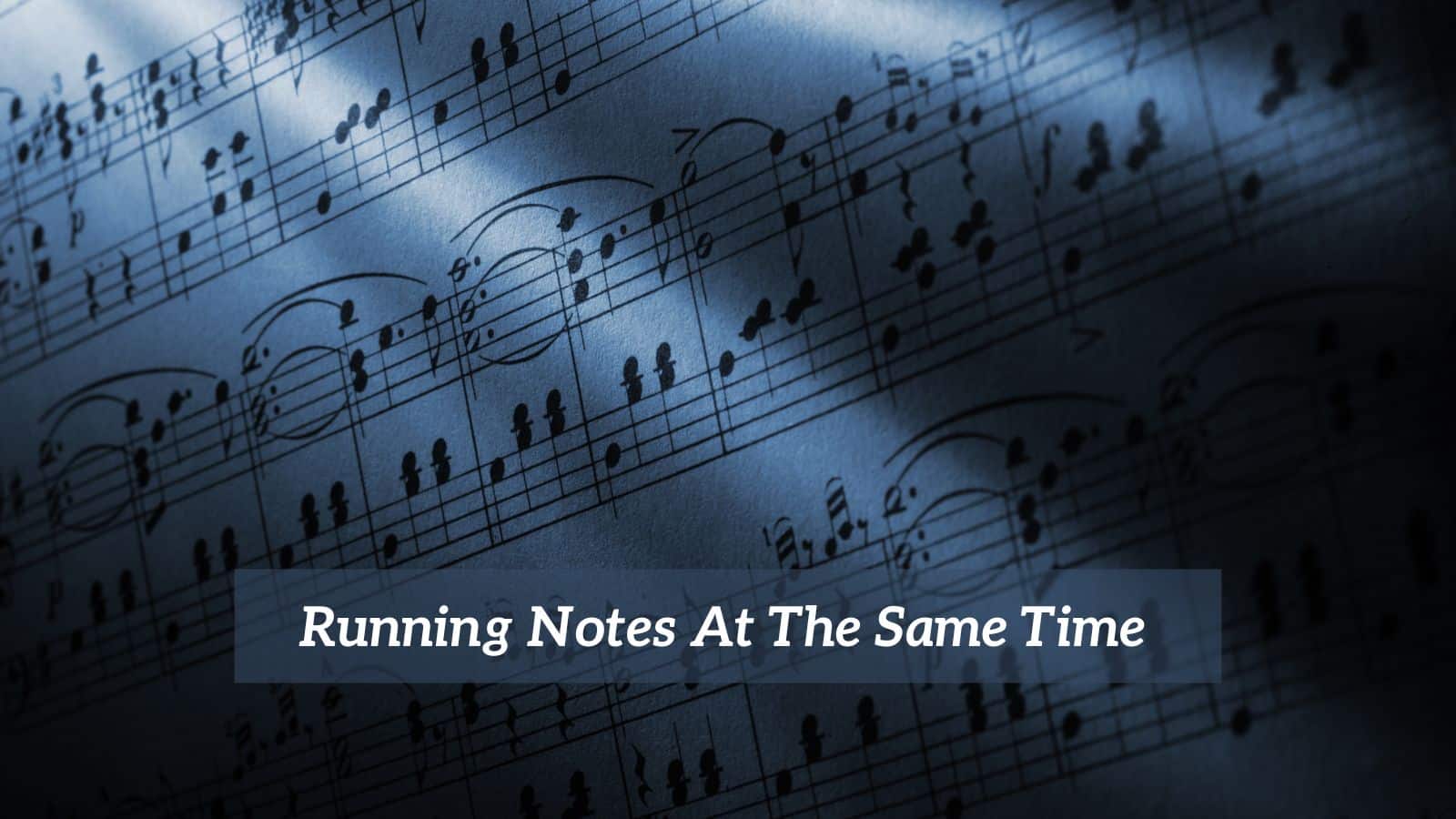
When two or more notes are played at the same time, we call it harmony because it forms a chord. We call it rhythm when two notes are played at a specific time, one after the other.
Rhythm is what makes music enjoyable to listen to in combination with the harmonies that are produced.
Basic Running Notes At The Same Time
The most basic form of notes at the same time is when one of the notes is longer than the other. This can be two quavers (eighth note) set against a crotchet (quarter note).
Or two quarter notes are set against one half note (minim), or when we go slow, two half notes are against one whole note (semibreve). Below is a breakdown of how many notes fit into each other:
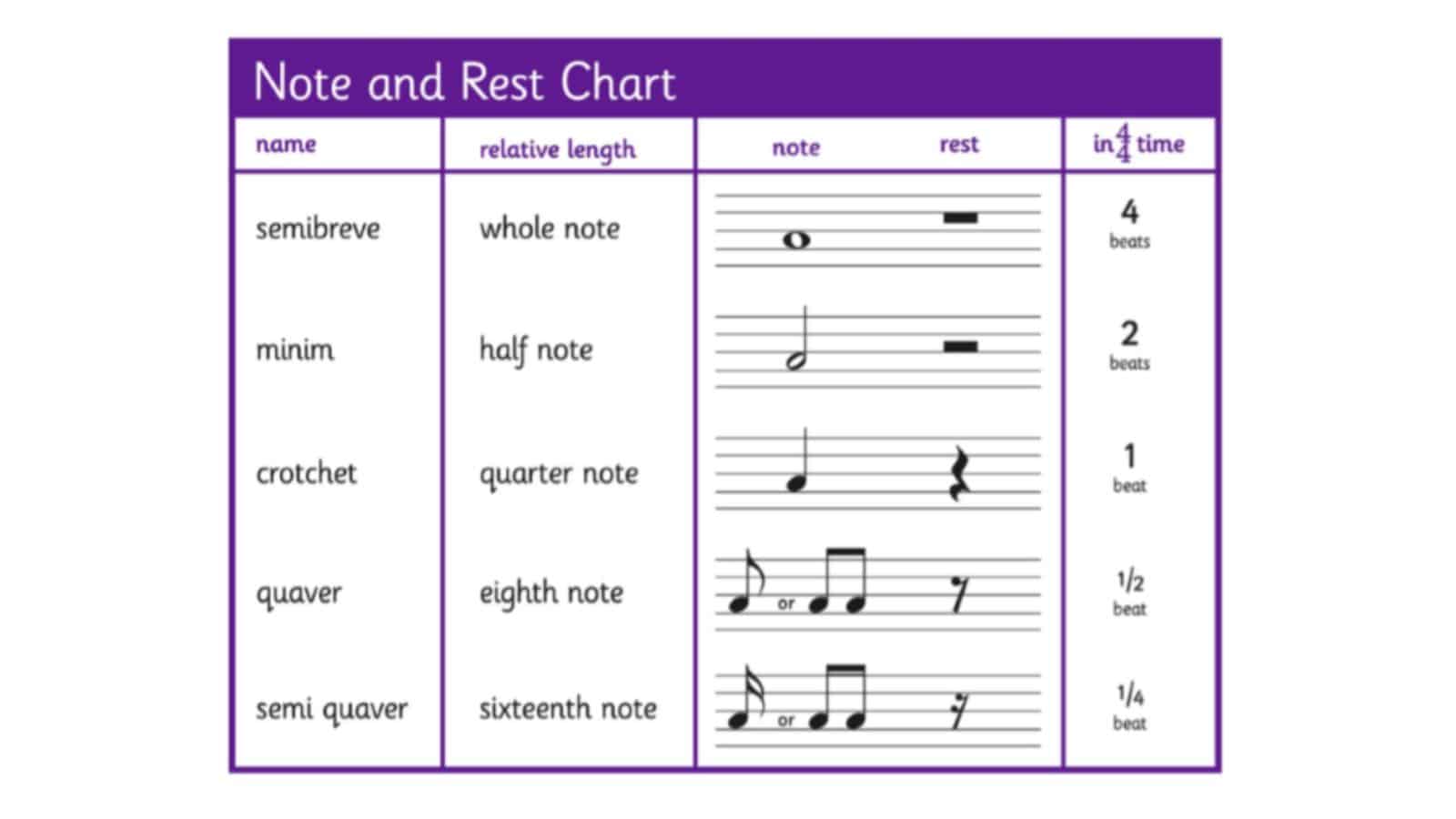
As you can see, two sixteenth (semiquaver) notes fit into one eighth (quaver), two eighth notes (quavers) fit into one (quaver), two quarter notes into one half note, and so on.
Where Did All Start?
Runs in music are not only found in ‘newer’ music such as the Baroque (such as contrapuntal writing), later periods, and even our contemporary music.
It actually has a long history that can be traced back to the medieval period. Back then, it was called a florid organum. A suitable technical definition of florid organum may be:
“a vocal piece in which the top voice sings a sequence of quick melismas (multiple notes on a single word) while the bottom voice holds lengthier notes, generally double whole notes, serving as a drone” (source).
Although it shows how many notes are used against one syllable of music, it is also the forerunner of what we call runs in music today.
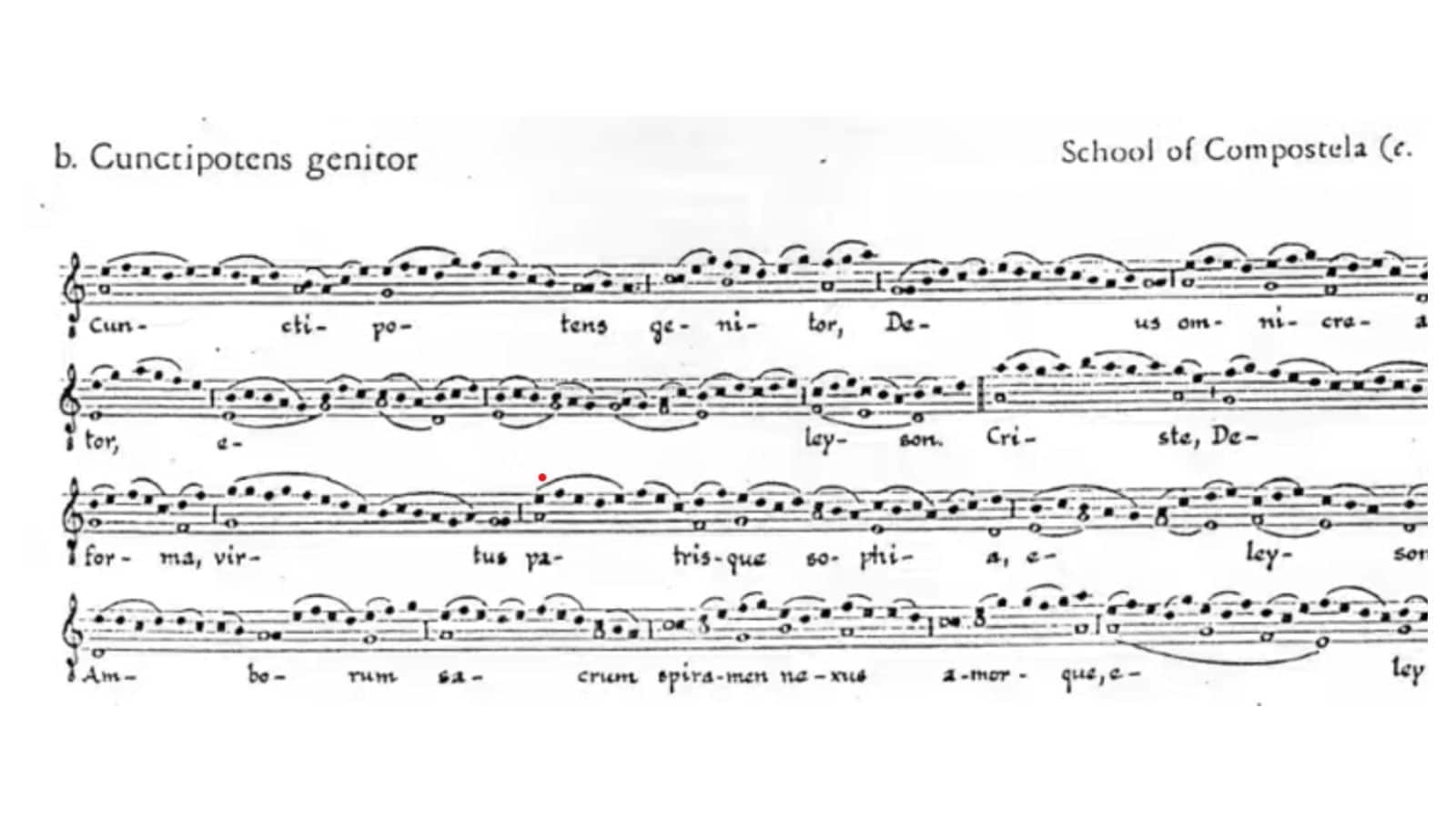
Counterpoint is an example of how florid organum developed into another strict form of music composition during the Baroque period. The image below shows all five species (or kinds) of counterpoint used at the same time.
The first species (the last bar) is one note against another note. The second species is two notes against one note (first and second bars), while the third is when you have four notes against one note (it is an upward run of four quavers against one whole note in bar 3).
The fourth species allows for suspended notes across the barline to create syncopation and some dissonance against the set melody (cantus firmus). Finally, the fifth species combines all the previous kinds of counterpoint. The fifth species is also known as florid counterpoint.
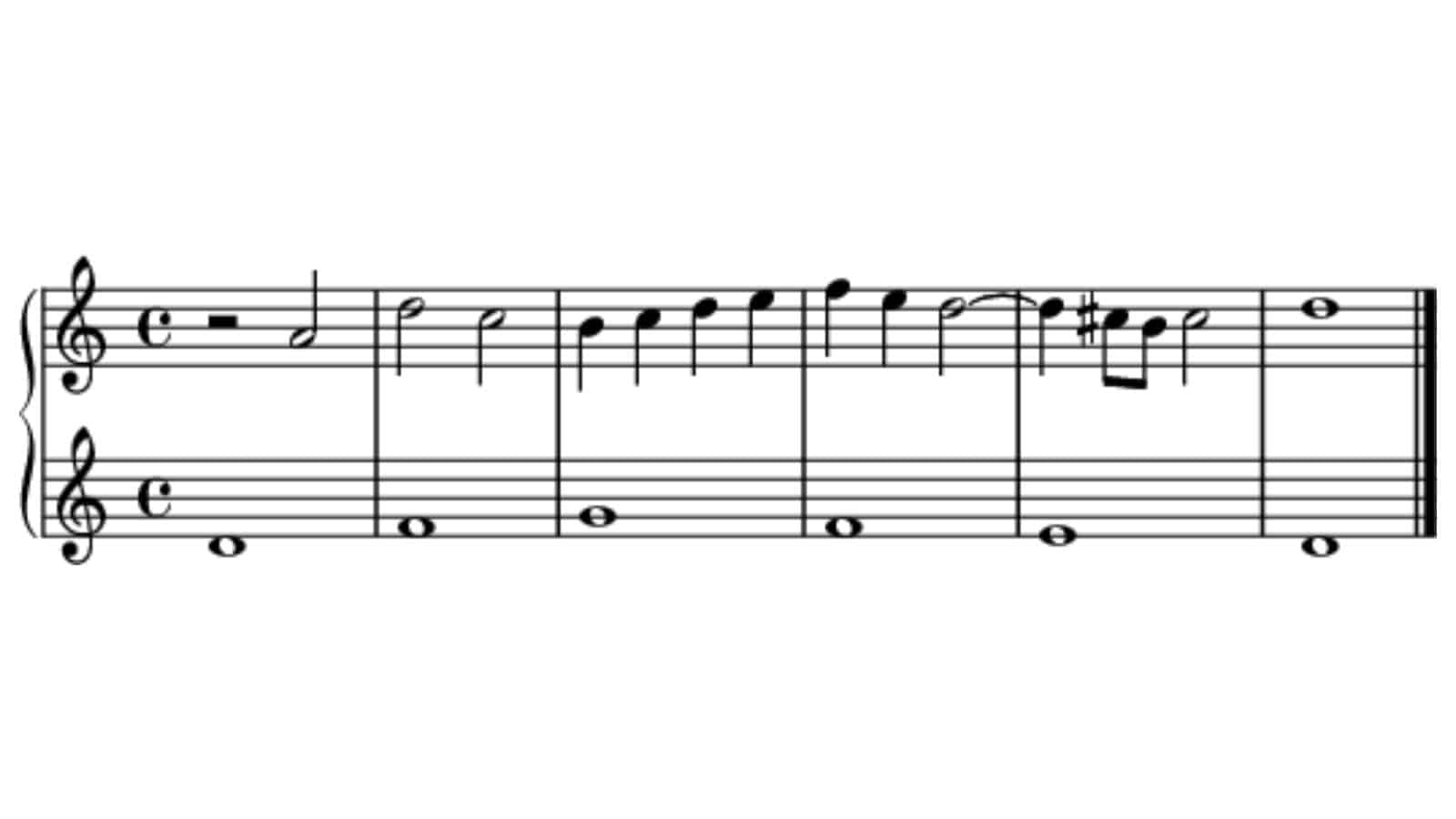
Run Notes at the Same Time
As time progressed, the basic rules in music also started to change, and the strict rules of counterpoint gave way to more exciting and varied musical compositions. In the figure below, we can get notes that run together at the same time.
The half notes (Middle C) in the left-hand part are set against the dotted eighth tied to a quarter note (also played by the left hand). All of this is set against the sixteenth note C major broken chord played by the right hand on the piano.
If you look carefully, you’ll see that with each half note, an arpeggio is formed. You can listen to it here.
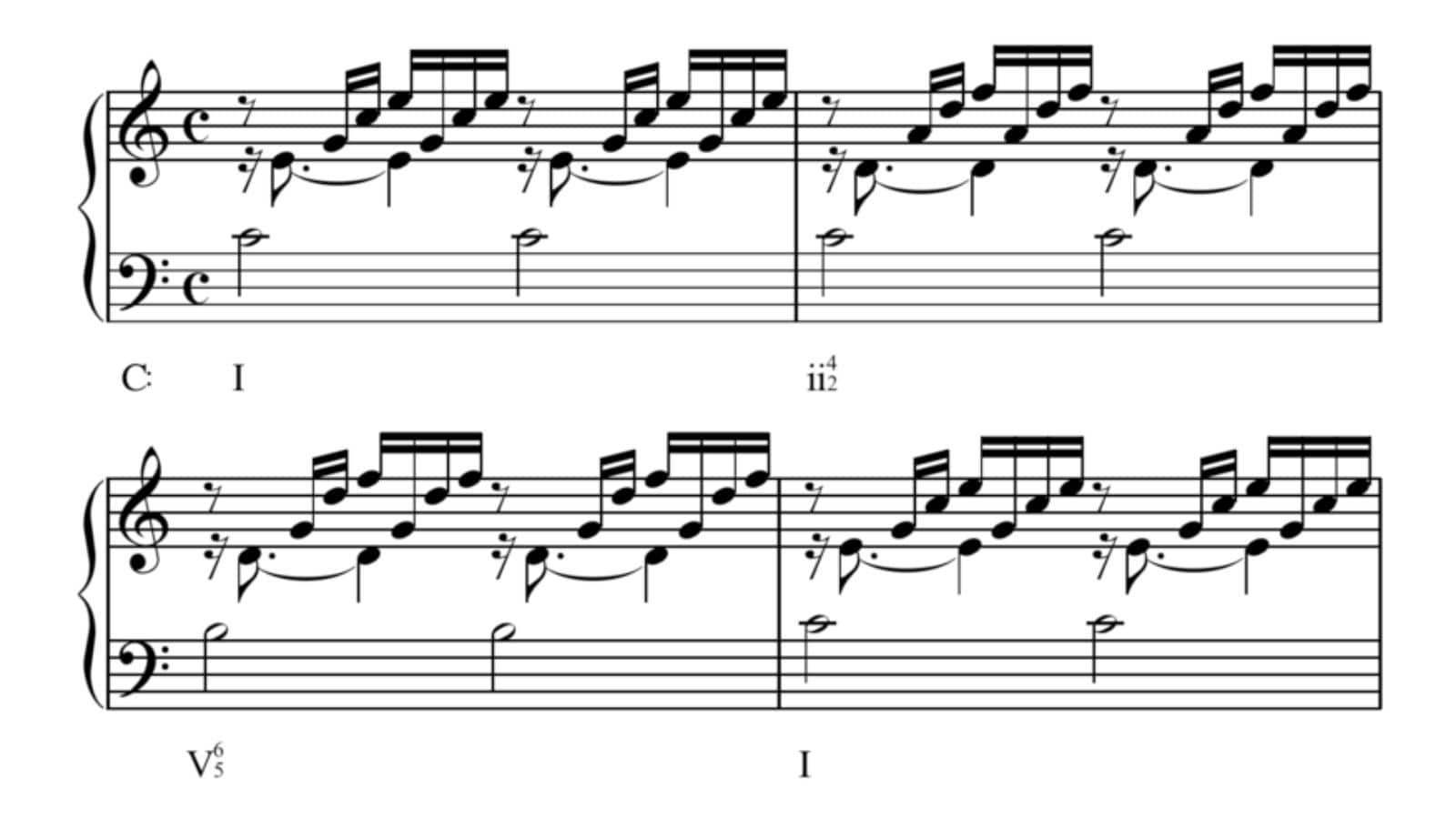
Here’s another example: Mozart uses sixteenth note runs in the first piano of his Sonata for Two Pianos in D, K448. You can listen to the complete recording here or a version for piano and marimba here.
In this instance, Mozart uses scale passages to make up the upward runs in the first piano’s runs (bars 9–11).
After a brief downward run consisting of alternating thirds in bar 12 are found in the first piano, the second piano answers the first piano in bars 13–15 with an exact copy of the first piano’s run.
This is also called a call-and-response technique (note how the first piano ‘answers’ the second piano on the last beat of bars 13, 14, and 15 with its own short run of sixteenth notes set against two eighth notes.
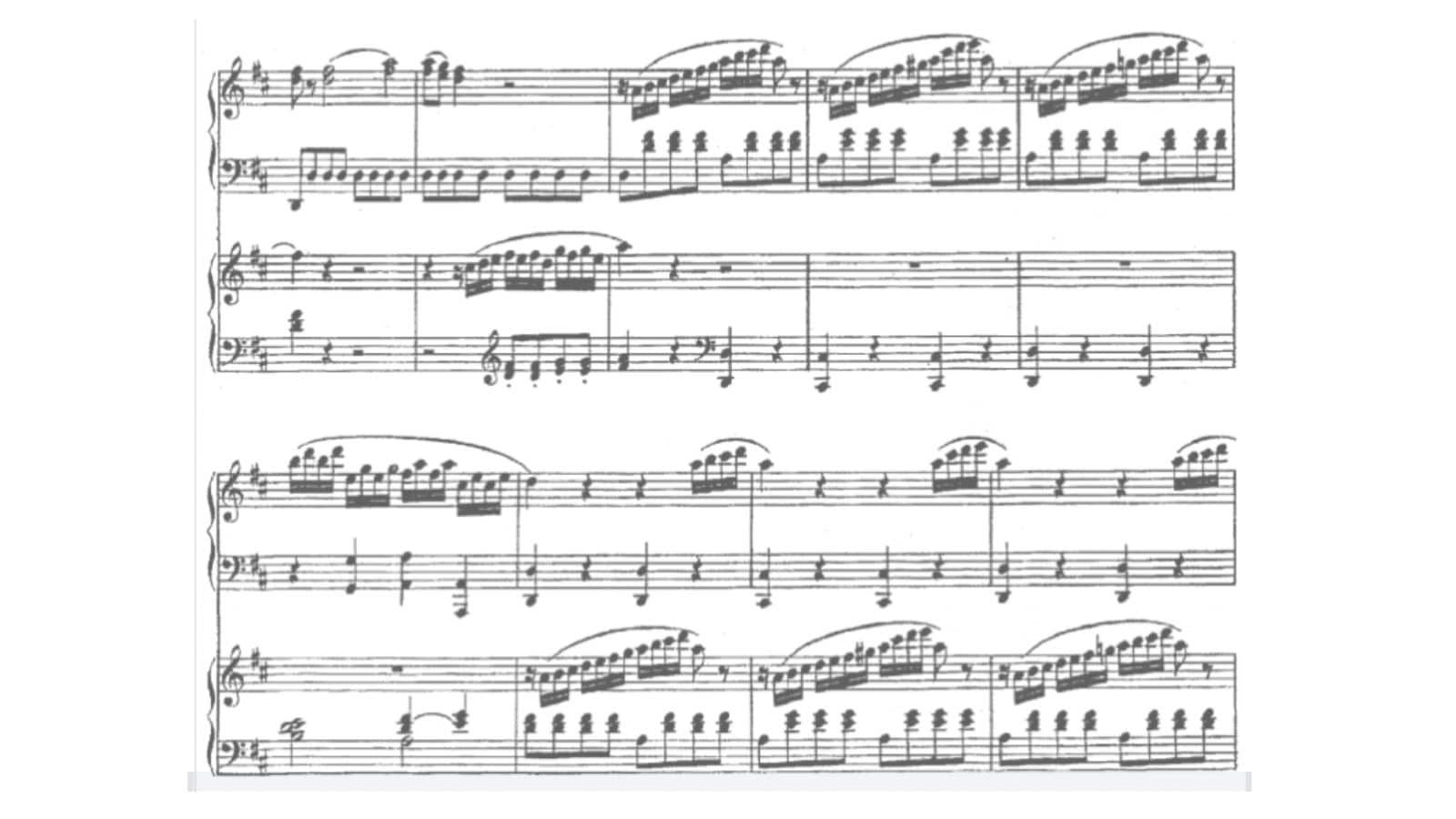
So far, we’ve looked at some relatively simple examples of music runs on the same note. But things got much more complicated in the Romantic era. Composers like Chopin and Liszt, to name two composers that, employed runs in their music.
Below is an example of Chopin’s Nocturne No. 20 in C sharp minor, which uses extensive, decorative runs between bars 55 and 60. You can listen to the complete performance here.
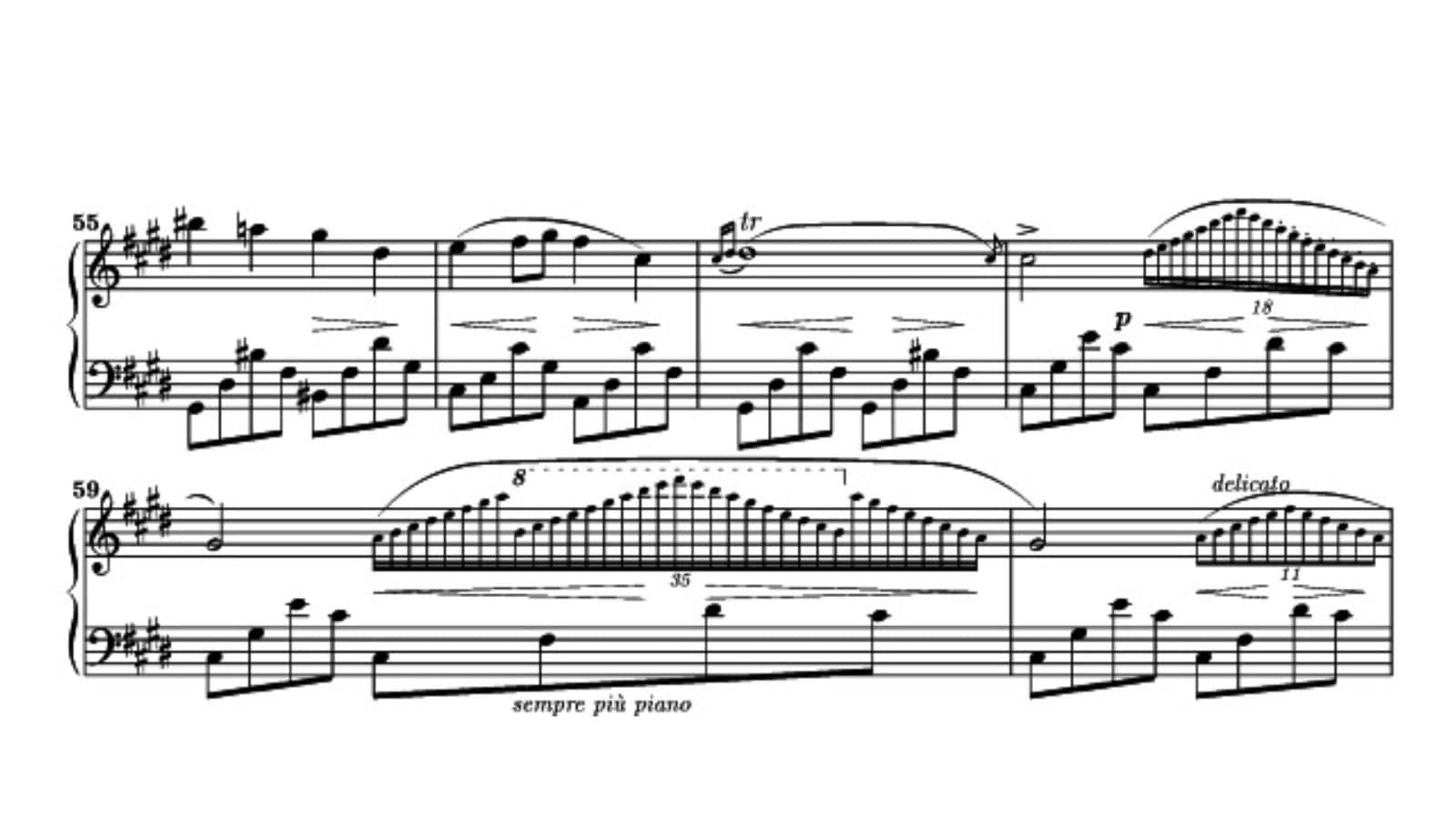
Singers Have Runs or Melismas
A melisma is a musical technique that entails singing a single syllable to several notes. They are frequently referred to as vocal runs or just runs. Melismatic music is music that employs melismas.
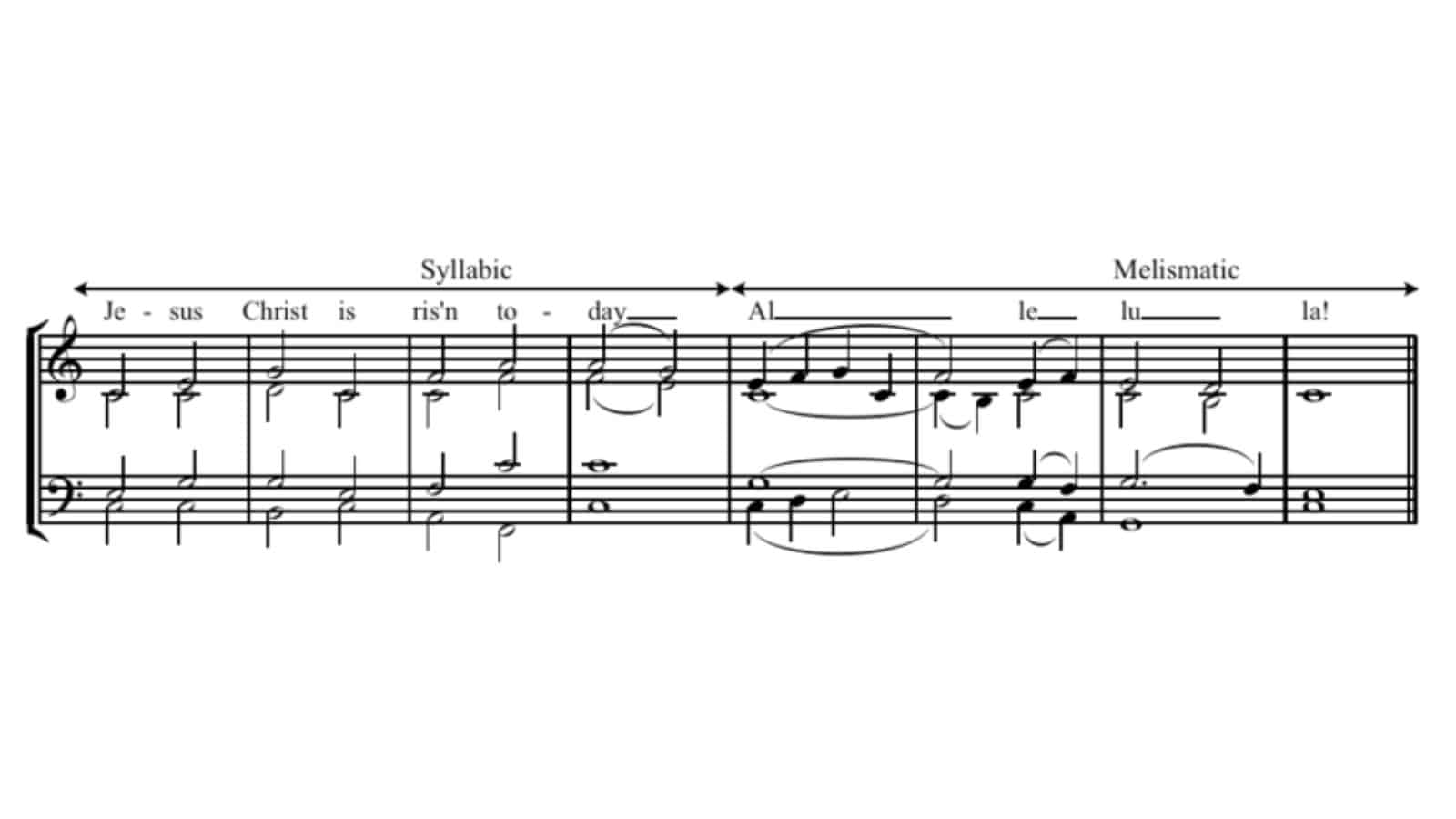
Melismas are frequently utilized in operas and other songs composed for singers to showcase their voice and vocal talents in Western music
Melismatic music is diametrically opposed to music in which each word has its note, as seen in the example above from Jesus Christ is Ris’n Today (Methodist Hymn Book, 1933, No. 204).
Melismas are frequently used in areas of Handel’s Messiah; for example, in “For unto us, a child is born,” the excitement associated with the Christ child’s birth is exemplified by the melismas or runs in the sopranos’ and altos’ melodic line seen below between bars 74 and 77(78).
You can listen to the extract here and see the melismatic runs in the soprano and alto. At the same time, the tenors and basses sing a syllabic melody.
